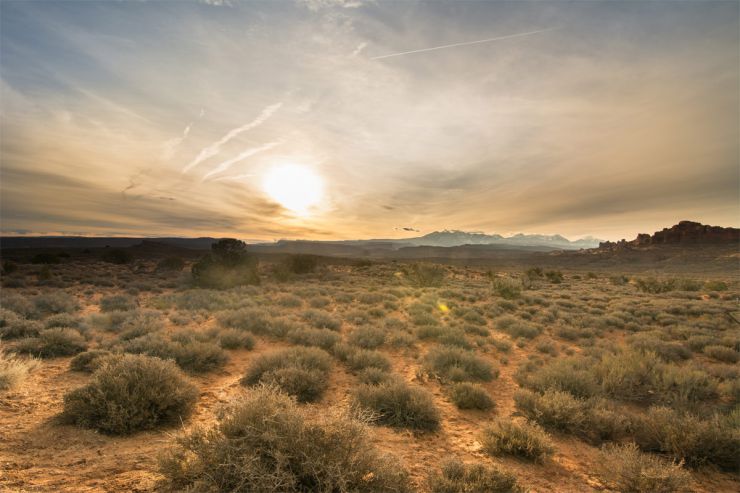In Semi-Arid climates, like arid climates, precipitation is less than the potential evapotranspiration, usually receiving only 25-50 cm of rain per year.1-2 Typical vegetation for these climates include scrubby vegetation and grasslands. The climate of semi-arid areas are highly variable with droughts, as well as irregular episodes of above-average rainfall making water scarcity and salinity particularly insidious issues in these climates. They tend to occur near arid deserts or inland at higher elevations.
Soil development is usually weak in arid and semi-arid climates due to limited chemical weathering as a function of lack of water.3 However, in some semi-arid environments, soils can develop a petrocalcic layer, a layer of precipitated calcium carbonate.4 The development of a petrocalcic layer can limit root penetration, water flow, and oxygen supply.

Semi-arid Photo by Nathaniel Foong on Unsplash.com
Soil Health Challenges for Semi-Arid Climates
References
1. https://www.britannica.com/science/Koppen-climate-classification#ref1092507
2. https://www.dictionary.com/browse/semiarid
3. Lane L.J., Nichols M.H. (1999) Semi-arid climates and terrain. In: Environmental Geology. Encyclopedia of Earth Science. Springer, Dordrecht
4. Soil Survey Staff. 2014. Illustrated guide to soil taxonomy. U.S. Department of Agriculture, Natural Resources Conservation Service, National Soil Survey Center, Lincoln, Nebraska. http://www.secs.com.es/wp-content/uploads/2014/09/Illustrated-Guide-to-Soil-Taxonomy1.pdf
